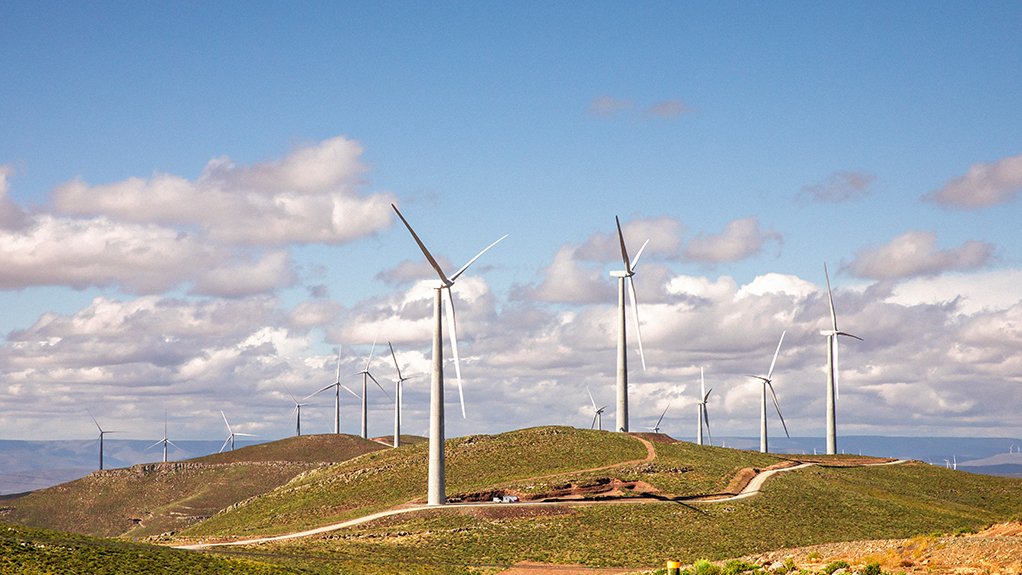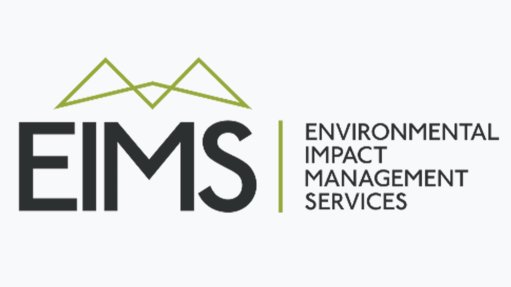Conclusions in opaque IRP 2023 are ‘incorrect and economically damaging’
In an excoriating assessment of the draft Integrated Resource Plan 2023 (IRP 2023), Meridian Economics points to serious problems with the modelling and cost assumptions used by the Department of Mineral Resources and Energy (DMRE), which the consultancy says has resulted in “incorrect and economically damaging conclusions”.
Released days ahead of the March 23 deadline for public comment, Meridian described the IRP 2023 as an opaque document that fails to achieve its own stated purpose of ensuring a secure, affordable and clean power system.
The long-awaited publication of the document on January 4 was met with immediate dismay when it emerged that it included loadshedding until at least 2027, which the IRP 2023 indicated could be addressed only through an improbably steep recovery in the performance of the Eskom coal fleet and a materially enlarged gas-to-power (GtP) fleet, operating at extremely high capacity factors.
It also departed from previous versions by including two time horizons, with the GtP-heavy and renewables-light Horizon 1 covering the period to 2030, and Horizon 2 the period thereafter to 2050.
An initial deadline of February 23 was set for public comment and the DMRE controversially refused to entertain public hearings; instead hosting only two virtual workshops, where public participation was limited to that of asking questions.
The deadline was subsequently extended by Mineral Resources and Energy Minister Gwede Mantashe to March 23 “in order to allow maximum participation in this process”.
In its 92-page comment, Meridian concludes that the IRP 2023’s failure to achieve system adequacy in the short term – along with a lack of transparency on key assumptions and an inadequate consultation process – has left the document lacking in credibility and out of step with various other government policies, including on climate, air quality, green industrialisation and nuclear.
The methodology used to draft the IRP 2023 is described as confusing and inadequate to substantiate the outcomes, which Meridian concludes have arisen largely because of undisclosed constraints on the building of new solar photovoltaic (PV) and wind and an over-pricing of renewables.
INEXPLICABLE NEW-BUILD LIMITS
Meridian is particularly critical of the “inexplicable new-build limits” imposed on solar PV and wind in Horizon 2, which cap the yearly build of solar PV at 900 MW and wind at 1 720 MW.
“There is no rational basis for such binding constraints, with 2.5 GW of rooftop solar PV added in South Africa in 2023 alone and 5 GW of panels imported.”
These “artificial, undisclosed constraints have been applied in generating the reference pathway”, while several of the cost assumptions used as inputs are “problematic”, the comment document adds.
Technology costs used for wind, solar PV, concentrated solar power (CSP) and battery storage are significantly higher than the actual realised tariffs from recent procurement rounds and also ignore future technology learning.
By contrast, the nuclear costs used are those received from vendors through the recent request for information, involving nonbinding indicative prices, while no costs are provided for flue gas desulphurisation retrofits and carbon capture, utilisation and storage.
The methodology, Meridian adds, lacks optimisation, with the Horizon 1 analysis considering only capacity currently in development, with no power system optimisation conducted to determine potential additional new capacity that may end loadshedding sooner.
The Horizon 2 analysis also includes technology combinations that are determined prior to optimisation, “presenting a false choice of options from a limited set of seemingly arbitrary and unrealistic technology combinations”.
Meridian also questions the IRP’s accepting as given Eskom’s delayed coal decommissioning schedule, despite the environmental and policy conflicts that will arise.
The document also includes a theoretical least-cost unconstrained power system, based on revised technology cost assumptions that are 11% lower than those in IRP 2023 and which eliminates loadshedding in Horizon 1.
The outcome is an “explosive build” of renewables with commissioning of 15 GW of new solar PV by 2025, and a further 5 GW by 2030, along with 15 GW of wind by 2030.
“Energy for this power system plan comes overwhelmingly from renewables, with gas-fired flexible generation operating predominantly in peaking mode,” the document states, while acknowledging that it would be unrealistic to add solar PV at the rate outlined without government intervention.
Meridian concludes the report by recommending that the necessary steps are taken to dramatically accelerate solar PV and battery roll-out at all scales and locations to accelerate the elimination of loadshedding, while fast-tracking the procurement of dispatchable peaking and smaller scale mid-merit capacity while retaining long-term flexibility for its use.
It also recommends that, while expediting grid capacity, wind power deployments are accelerated by introducing economic curtailment limits.
Meridian also highlights the potential benefits of even small improvements in the energy availability factor (EAF) of the coal fleet and suggests that there should be an investment focus to strategically and systematically improve the EAF of key mid-life and newer stations.
“This is likely to be a more effective and economic option than the alternative of attempting to life-extend old, smaller stations.”
Lastly, it recommends that South Africa does not proceed with the procurement of new nuclear power until flexible, environmentally sustainable, commercially proven, cost competitive options become available.
Article Enquiry
Email Article
Save Article
Feedback
To advertise email advertising@creamermedia.co.za or click here
Comments
Press Office
Announcements
What's On
Subscribe to improve your user experience...
Option 1 (equivalent of R125 a month):
Receive a weekly copy of Creamer Media's Engineering News & Mining Weekly magazine
(print copy for those in South Africa and e-magazine for those outside of South Africa)
Receive daily email newsletters
Access to full search results
Access archive of magazine back copies
Access to Projects in Progress
Access to ONE Research Report of your choice in PDF format
Option 2 (equivalent of R375 a month):
All benefits from Option 1
PLUS
Access to Creamer Media's Research Channel Africa for ALL Research Reports, in PDF format, on various industrial and mining sectors
including Electricity; Water; Energy Transition; Hydrogen; Roads, Rail and Ports; Coal; Gold; Platinum; Battery Metals; etc.
Already a subscriber?
Forgotten your password?
Receive weekly copy of Creamer Media's Engineering News & Mining Weekly magazine (print copy for those in South Africa and e-magazine for those outside of South Africa)
➕
Recieve daily email newsletters
➕
Access to full search results
➕
Access archive of magazine back copies
➕
Access to Projects in Progress
➕
Access to ONE Research Report of your choice in PDF format
RESEARCH CHANNEL AFRICA
R4500 (equivalent of R375 a month)
SUBSCRIBEAll benefits from Option 1
➕
Access to Creamer Media's Research Channel Africa for ALL Research Reports on various industrial and mining sectors, in PDF format, including on:
Electricity
➕
Water
➕
Energy Transition
➕
Hydrogen
➕
Roads, Rail and Ports
➕
Coal
➕
Gold
➕
Platinum
➕
Battery Metals
➕
etc.
Receive all benefits from Option 1 or Option 2 delivered to numerous people at your company
➕
Multiple User names and Passwords for simultaneous log-ins
➕
Intranet integration access to all in your organisation

















